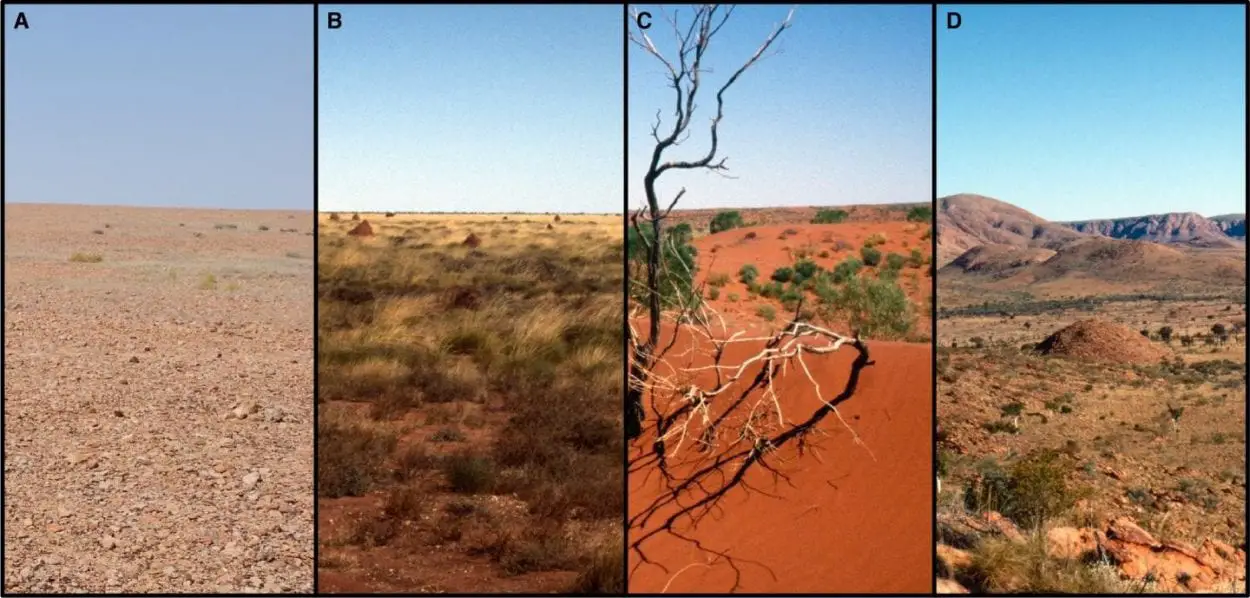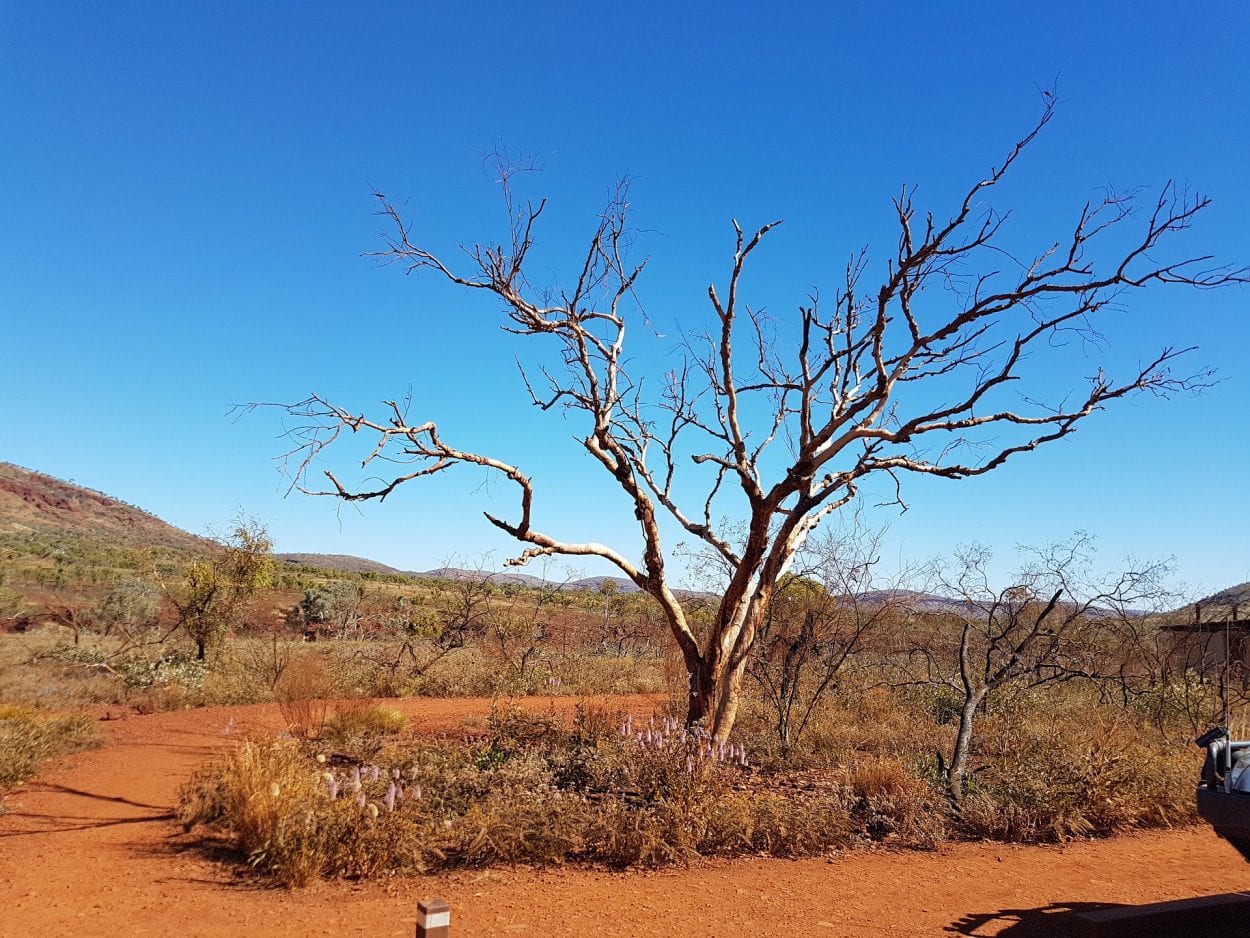Researchers at the University of Adelaide have used more than two decades of satellite-derived environmental data to form hypotheses about the possible foraging habitats of pre-contact Aboriginal peoples living in Australia’s Western Desert.
As one of the most arid and geographically remote regions of Australia, the Western Desert has always presented severe challenges for human survival. Yet despite the harsh conditions, Aboriginal peoples have maintained an enduring presence, continuously adapting to environmental variations through complex socioeconomic strategies.
In the study published in Scientific Reports, the researchers used Earth Observation data to model the most suitable habitats for traditional foraging activities, identifying where surface water was most abundant and vegetation was greenest to infer which areas of the landscape past Aboriginal peoples were likely to have utilised. The study also drew on previous research into traditional subsistence and settlement practices, enabling researchers to estimate daily foraging range in proximity to water.
Lead author of the study, Postdoctoral Researcher Dr Wallace Boone Law, says the fine scale of the satellite model developed enabled the team to depict the highly variable nature of environmental and hence potential foraging habitats in the Western Desert.
“Where earlier studies depicted the Western Desert as a relatively uniform environment, our study shows the region to be highly dynamic and variable, both in its environmental conditions and foraging potential,” Dr Law said.
“For example, desert dunefields were once thought to have been a periodic barrier to occupation, but our work shows this is not true for all sandridge deserts. Some dunefield areas offer good foraging habitats, particularly amongst interdunal swale areas.
“However, we also found that there are large, impoverished regions of the Western Desert that would have been extremely challenging for survival, based on terrain ruggedness and access to food and water resources.
“We believe it is likely that some of these poorly-suited foraging areas would have been difficult for survival for the past 21,000 years, and because Aboriginal peoples were highly knowledgeable about the distribution of resources across the Western Desert, we hypothesise those locations would have been rarely used in the past. And further, we predict that the archaeological record of these difficult habitats will point to ephemeral episodes of occupation.

“We suggest that some low-ranked areas of habitat suitability were resource-poor and not economically attractive to foraging activities, even in the best environmental circumstances,” said Dr Law.
The researchers hope that archaeologists can use the study to explore many large areas of the Western Desert that have yet to be thoroughly investigated.
“Our findings highlight how future models of forager land use can be integrated with Earth Observation data to better comprehend the environmental complexity and fine scale of resource variability in these vast, remote and diverse places,” said Dr Law.
“We hope our research into the changing environment in pre-contact Australia will assist with fostering a new era of research in partnership with Indigenous communities to provide further understanding of the industrious, versatile and resilient Aboriginal peoples of the Western Desert.”
Header Image Credit : Public Domain







